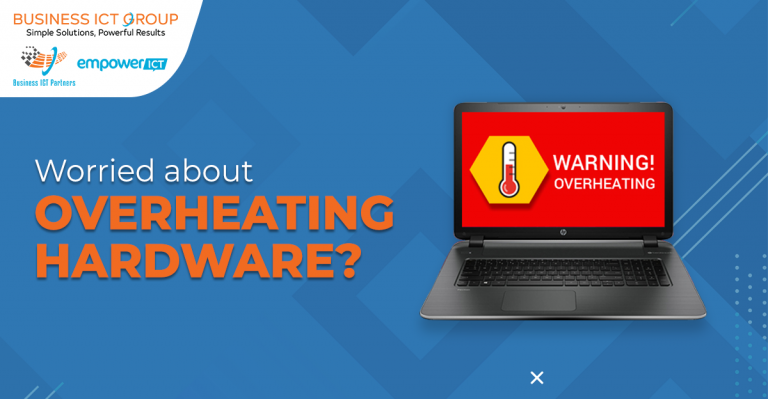Over the years, computers have not only become more powerful, they are also more compact than ever. This sharp rise in CPU capability has been made possible by smaller semi-conductor chips that are being densely packed with transistors.
At the same time, slimmer cases stack together a rising number of chips and more powerful graphics cards processing units resulting in displays with higher resolutions. All these enhancements come at the cost of excess heat being generated because of the way components are now more tightly packed than ever.
Apart from spilling your coffee onto your notebook, the biggest risk to system performance is the problem of system overheating and overloading. These two have the potential to cause serious hardware failure and damage motherboard circuits permanently.
On the application side, Hardware monitoring tools exist that can help you avoid the problem of overheating, enhance system performance and maximise your computer’s lifespan. Hardware monitoring applications collect raw component data from sensors located across the servers on your network to help you manage outages and maintain a high level of system performance.
The best hardware monitoring tools for your computer also support remote hardware monitoring apart from minding both physical and virtual servers.
One of the most important pluses in a server hardware monitoring tool is the ability to transmit live alerts when the monitoring values polled reach a specified minimum value. A hardware monitoring solution can provide critical and ongoing transparency to the condition of your server’s health.
Given below are the system components and metrics that a hardware monitoring system must be able to gather and exhibit:
- CPU Usage: The CPU performance rate can be increased by special procedures like overclocking. The code errors in the procedure can raise the CPU power demands, which may lead to a rise in the component temperature.
- Memory Utilization: Excessive memory use can impact your PC’s Operating System performance. For example, if one app is using extra cache memory than it ought to, that app will cause reduced system functionality.
- Network Tracking: The bandwidth of the system or even its entire traffic may be adversely affected if there is a malfunctioning adapter, defective hardware, protocol failure, or potential wiring problems.
- Event Logs: These are the documents that log all access to the network to keep it safe. The logs are documented in the desktop and can be used when there is excess activity, or when an error occurs. Whenever a drive starts experiencing high fever, the event logs related to these heads can be accessed and transferred by email or other warning procedure in practice.
- Core Temperature and Fan Speeds: Keeping an eye on the fan speed in your computer is also crucial to avoid overheating. The most suitable temperature for a running CPU would have to be as low as possible. A system crash can be, caused by a central processing unit without running fans and cooling hot which could severely damage the CPU chip.
- Voltages: Another crucial tool for hardware monitoring is the voltage across circuits. A difference in electrical Power such as sub-par or above-par voltages can also impact and hamper a Server or PC.
As we saw above, it is vital that IT systems implement a Hardware Monitoring scheme to manage a modern non-homogenous IT Infrastructure easily from a single customizable dashboard. empower ICT Server Hardware Monitoring is designed to help your specific requirements.
- Keep tabs on multi-vendor software, servers, and so more using a single monitoring station.
- Steer clear of system downtime by actively minding hardware fan speed, CPU load, voltage, and memory.
- Use custom thresholds for warnings on hardware polling values.

